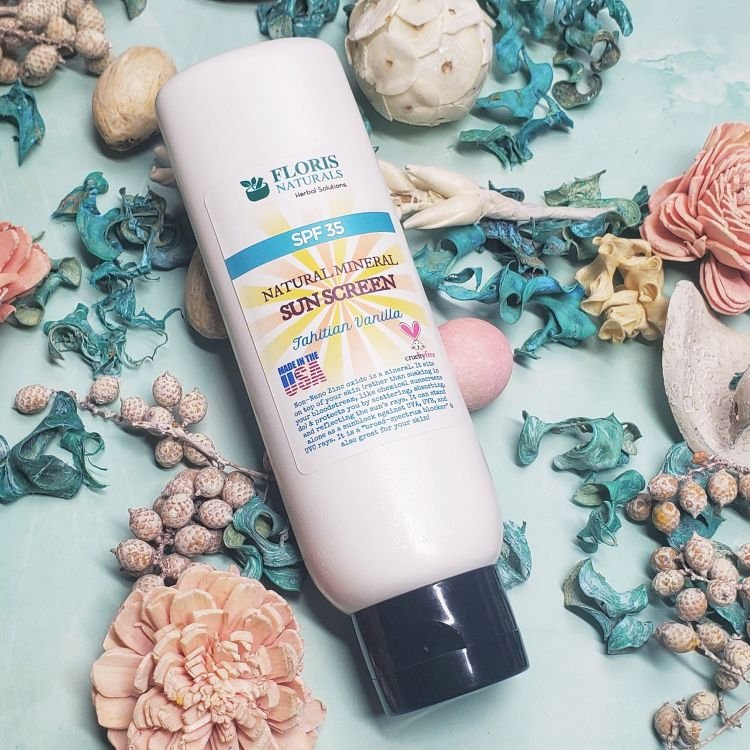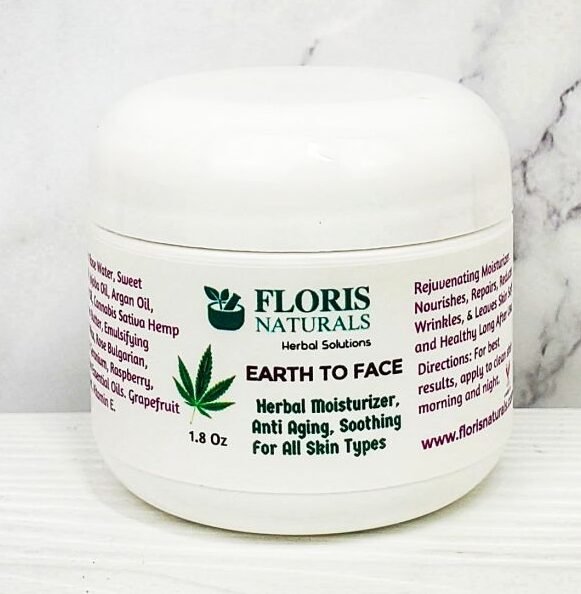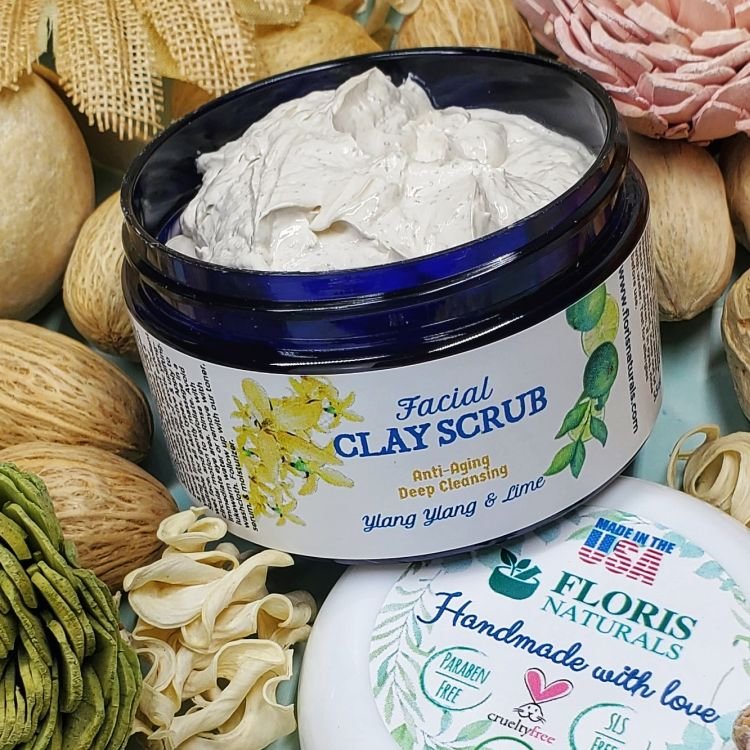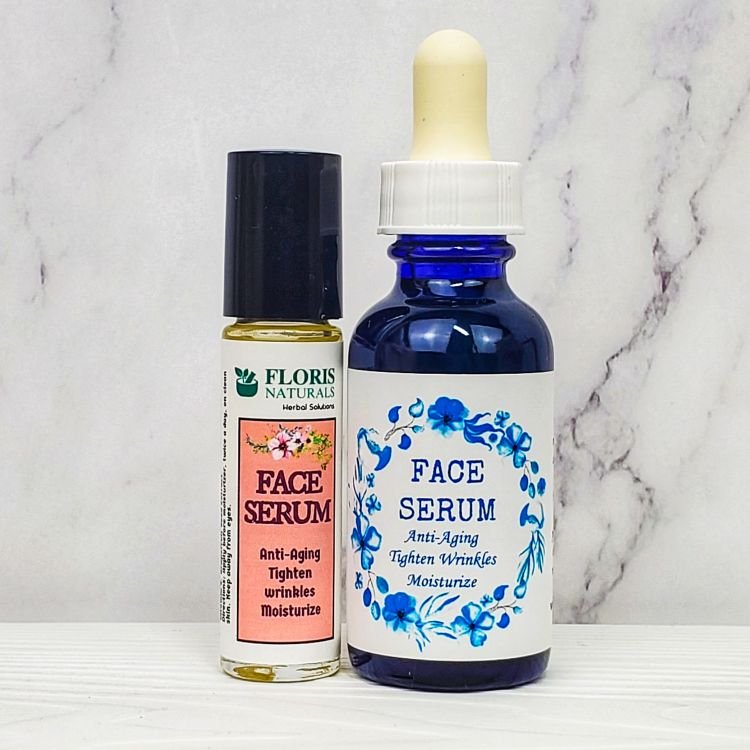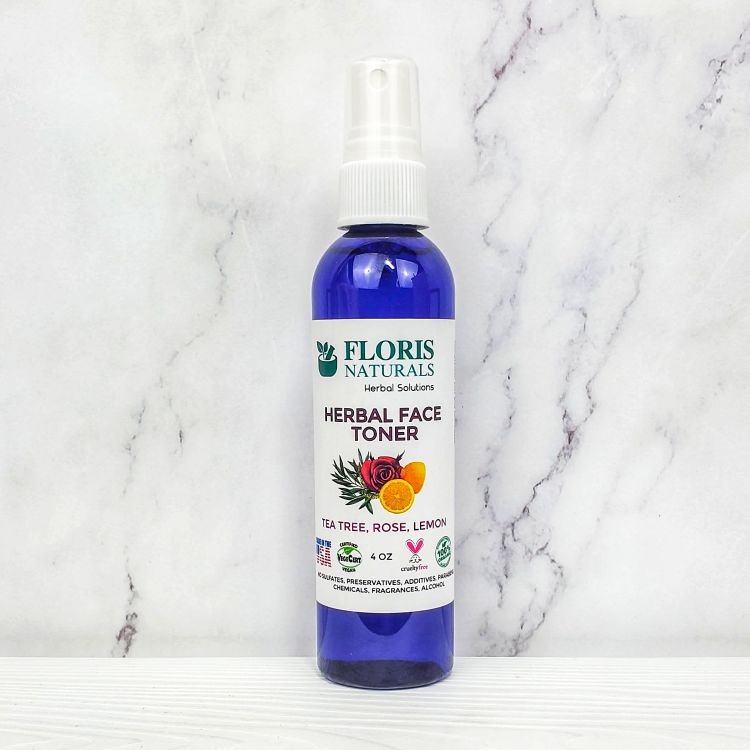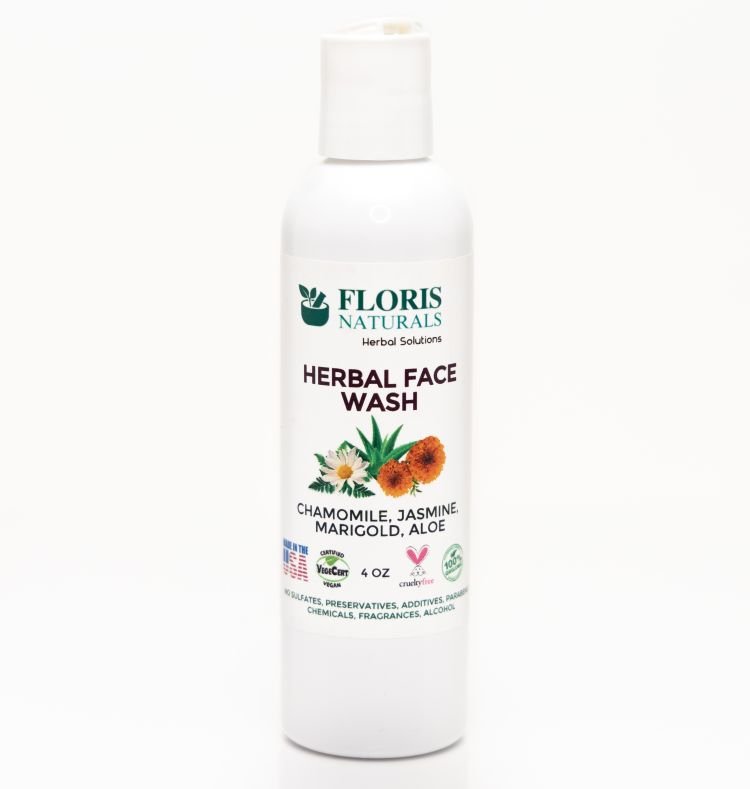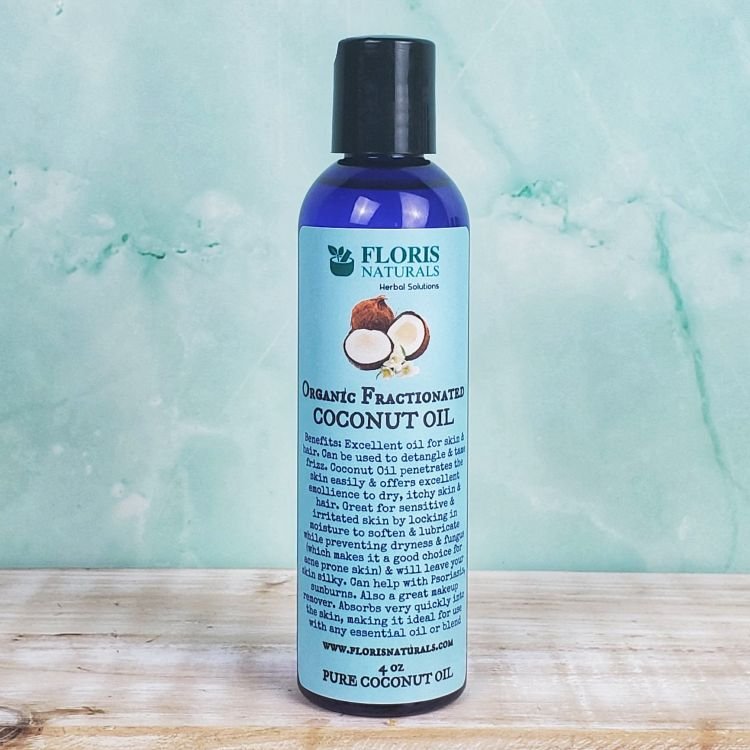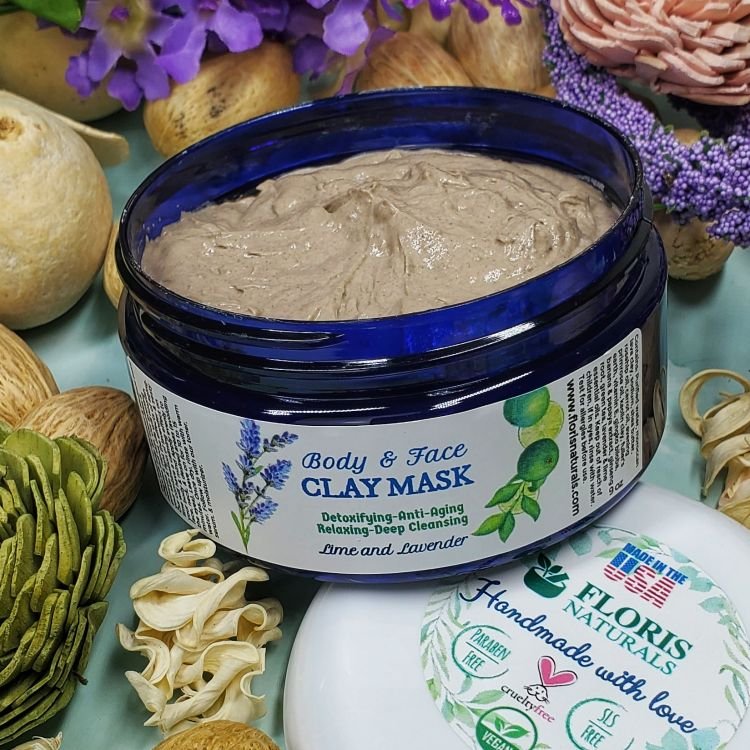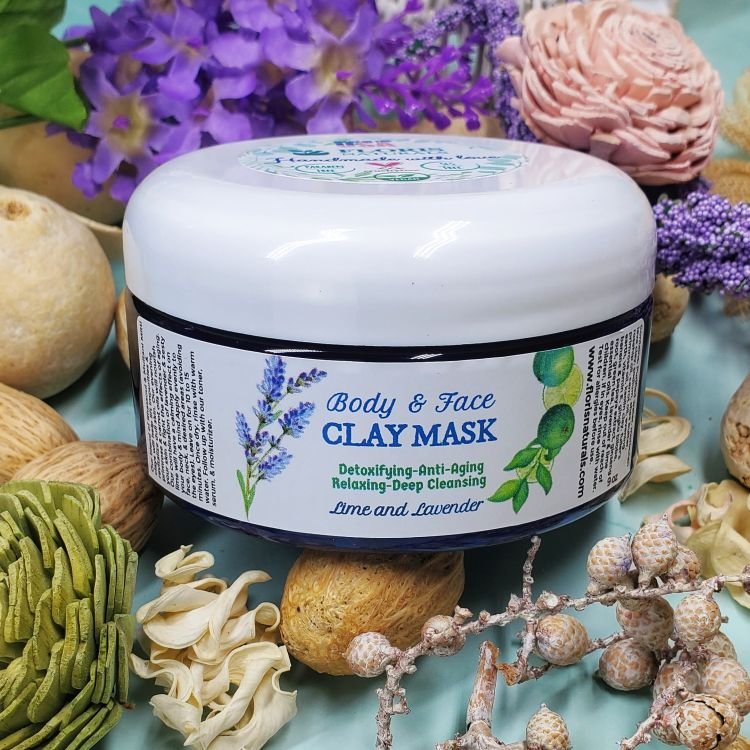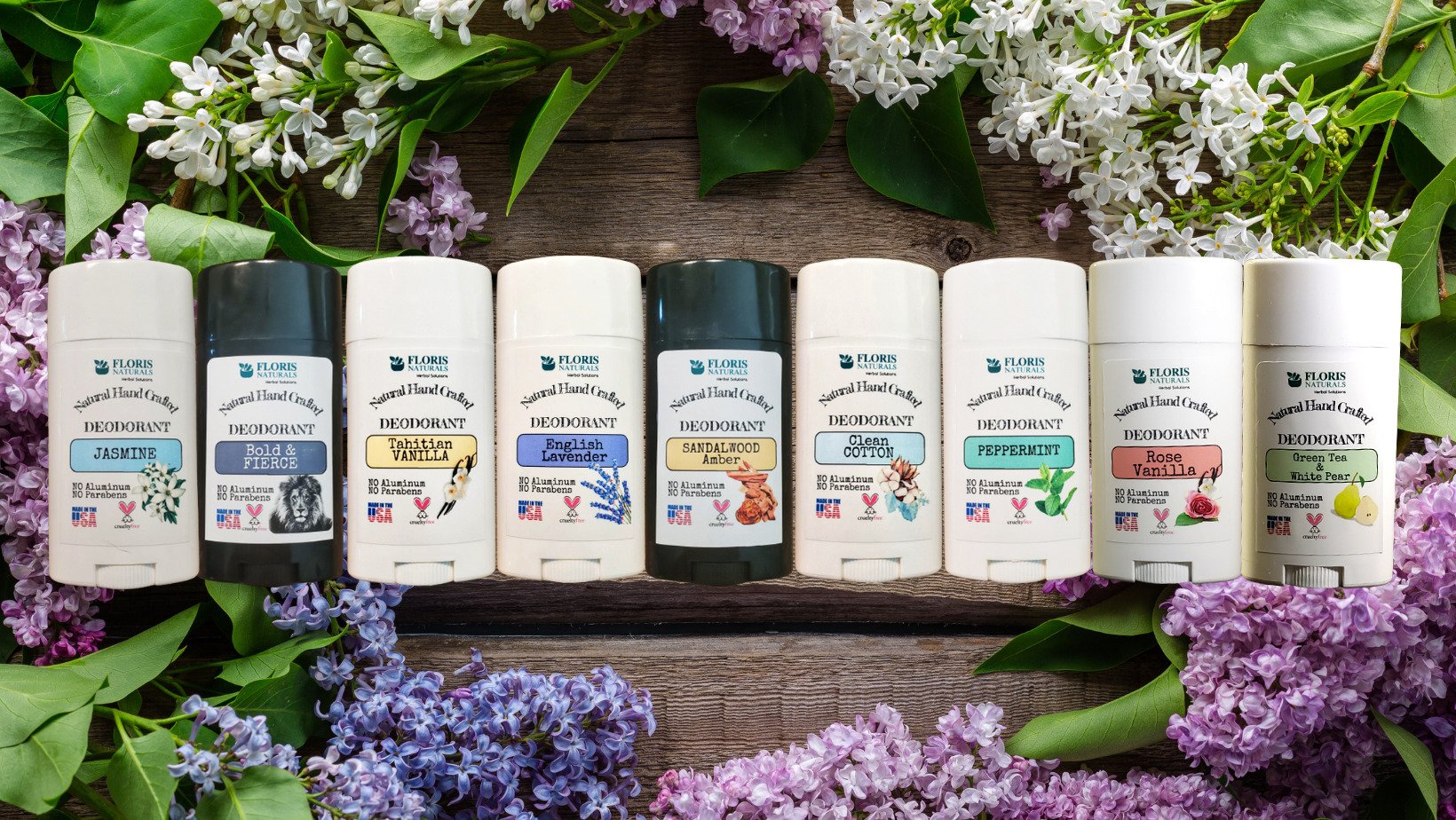- Introduction
- Understanding Facial Wrinkles
- Causes of Facial Wrinkles
- Common Types of Facial Wrinkles
- Preventing Facial Wrinkles
- Facial Wrinkle Treatments
- Natural Remedies for Facial Wrinkles
- Lifestyle Changes to Combat Wrinkles
- Skincare Routine for Wrinkle Prevention
- Professional Consultation
- Conclusion
- FAQs
Wrinkle Treatments and Preventions
Wrinkles are a natural part of the aging process and can appear on various parts of the body. However, facial wrinkles tend to be more noticeable and can impact a person’s self-confidence. Fortunately, there are several effective treatments and preventative measures available to help women combat and reduce the appearance of wrinkles. In this article, we will explore different types of wrinkles, their causes, and provide valuable insights on preventing and treating them.
Introduction
As we age, our skin undergoes various changes, including the loss of elasticity and collagen. These changes, combined with external factors, contribute to the development of facial wrinkles. While wrinkles are a normal part of aging, many women seek ways to minimize their appearance and maintain a youthful look. By understanding the causes of facial wrinkles and implementing effective prevention and treatment strategies, we can achieve smoother and healthier-looking skin.
Understanding Facial Wrinkles
Facial wrinkles are the lines, creases, and folds that develop on the skin’s surface. They can occur due to a combination of factors, including aging, sun exposure, smoking, dehydration, and repeated facial expressions. Wrinkles can be classified into different types, each requiring specific treatment approaches.
Causes of Facial Wrinkles
Aging
The aging process is a primary cause of facial wrinkles. As we grow older, our skin naturally becomes thinner, less elastic, and prone to sagging. This leads to the formation of fine lines and wrinkles, especially in areas that experience frequent movement, such as around the eyes and mouth.
Sun Exposure
Prolonged exposure to the sun’s harmful UV rays accelerates the aging process and contributes to the development of wrinkles. The sun’s rays break down collagen and elastin fibers in the skin, resulting in the loss of skin elasticity. It is crucial to protect the skin from the sun by wearing sunscreen, seeking shade, and using protective clothing to prevent further damage and wrinkle formation.
Dehydration
Inadequate hydration can contribute to the development of facial wrinkles. When the skin lacks moisture, it becomes dry, dull, and more prone to wrinkles. It is vital to drink an adequate amount of water and use moisturizers to keep the skin hydrated and maintain its elasticity.
Facial Expressions
Repetitive facial expressions, such as frowning or squinting, can cause lines and wrinkles to form over time. These dynamic wrinkles are often seen on the forehead, between the eyebrows, and around the eyes. Being mindful of our facial expressions and incorporating relaxation techniques can help minimize the appearance of these wrinkles.

Common Types of Wrinkles
Understanding the different types of wrinkles is essential for choosing the appropriate treatment and prevention methods. Here are some common types of wrinkles.
Dynamic Wrinkles
Dynamic wrinkles occur due to repeated facial muscle movements, such as smiling or frowning. These wrinkles are noticeable when the face is in motion but tend to fade when the muscles are relaxed.
Static Wrinkles
Static wrinkles, on the other hand, are visible even when the face is at rest. They are caused by a combination of factors like aging, sun damage, and lifestyle habits. Static wrinkles are more pronounced and can deepen over time.
Gravitational Wrinkles
Gravitational wrinkles result from the effects of gravity on the skin. They tend to appear in areas where the skin is naturally looser, such as the cheeks and jawline. These wrinkles are influenced by genetics and can become more prominent with age.
Atrophic Wrinkles
Atrophic wrinkles are primarily caused by the loss of collagen and fat beneath the skin’s surface. They appear as thin, fine lines and are commonly seen around the eyes and mouth. Atrophic wrinkles can make the skin appear thinner and less plump.

Preventing Facial Wrinkles
While it may not be possible to completely prevent facial wrinkles, certain measures can help minimize their appearance and delay their onset. Here are some effective ways to prevent facial wrinkles.
Healthy Lifestyle
Maintaining a healthy lifestyle plays a vital role in preventing facial wrinkles. Eating a balanced diet rich in antioxidants, vitamins, and minerals supports skin health. Avoiding excessive alcohol consumption, getting sufficient sleep, and managing stress levels also contribute to maintaining youthful-looking skin.
Facial Exercises
Engaging in facial exercises can help tone the facial muscles, potentially reducing the appearance of wrinkles. These exercises involve specific movements targeting different areas of the face and can be performed daily to improve muscle strength and promote a more youthful appearance.
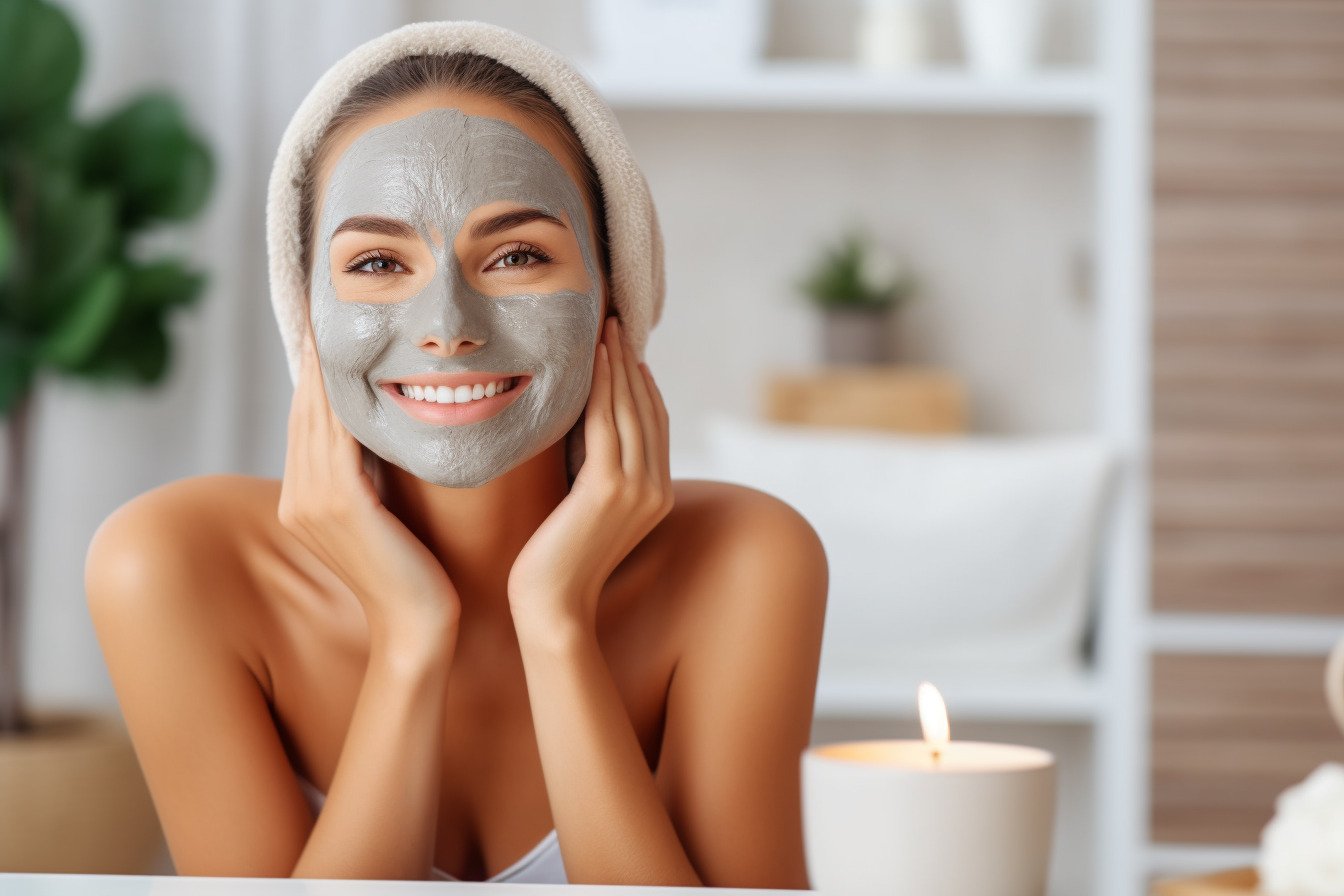
Facial Wrinkle Treatments
Various treatments are available to reduce the appearance of wrinkles and restore a more youthful look. These treatments can be non-invasive or surgical, depending on the severity of the wrinkles and individual preferences. Here are some common treatments for wrinkles.
Topical Creams and Serums
Topical creams and serums containing ingredients like retinol, peptides, and antioxidants can help improve the appearance of wrinkles. These products work by stimulating collagen production, hydrating the skin, and promoting cell turnover.
Botox Injections
Botox injections are a popular treatment for dynamic wrinkles. Botox temporarily relaxes the muscles responsible for facial expressions, reducing the appearance of wrinkles. The effects typically last for several months, after which further injections are needed to maintain the results.
Dermal Fillers
Dermal fillers, such as hyaluronic acid-based fillers, are used to restore volume and smooth out wrinkles and fine lines. They can be injected into specific areas of the face, providing immediate results that can last for several months to a year.
Chemical Peels
Chemical peels involve the application of a chemical solution to the skin, which exfoliates the top layer, revealing fresher, smoother skin underneath. Chemical peels can improve the appearance of fine lines, wrinkles, and uneven skin tone.
Microdermabrasion
Microdermabrasion is a non-invasive procedure that exfoliates the skin using fine crystals or a diamond-tipped wand. This treatment helps remove dead skin cells, improve skin texture, and reduce the appearance of wrinkles.
Laser Treatments
Laser treatments use focused light energy to stimulate collagen production and resurface the skin. They can target specific areas of concern, reducing the appearance of wrinkles and improving overall skin tone and texture.
Micro Needling
Micro needling involves the use of a device with tiny needles that create micro-injuries in the skin. This stimulates collagen production and enhances the skin’s natural healing process, resulting in smoother, more youthful-looking skin.
Facial Surgery
For more severe cases of facial wrinkles, surgical procedures such as facelifts, brow lifts, or eyelid surgery may be recommended. These procedures aim to tighten sagging skin, smooth out wrinkles, and provide long-lasting results.
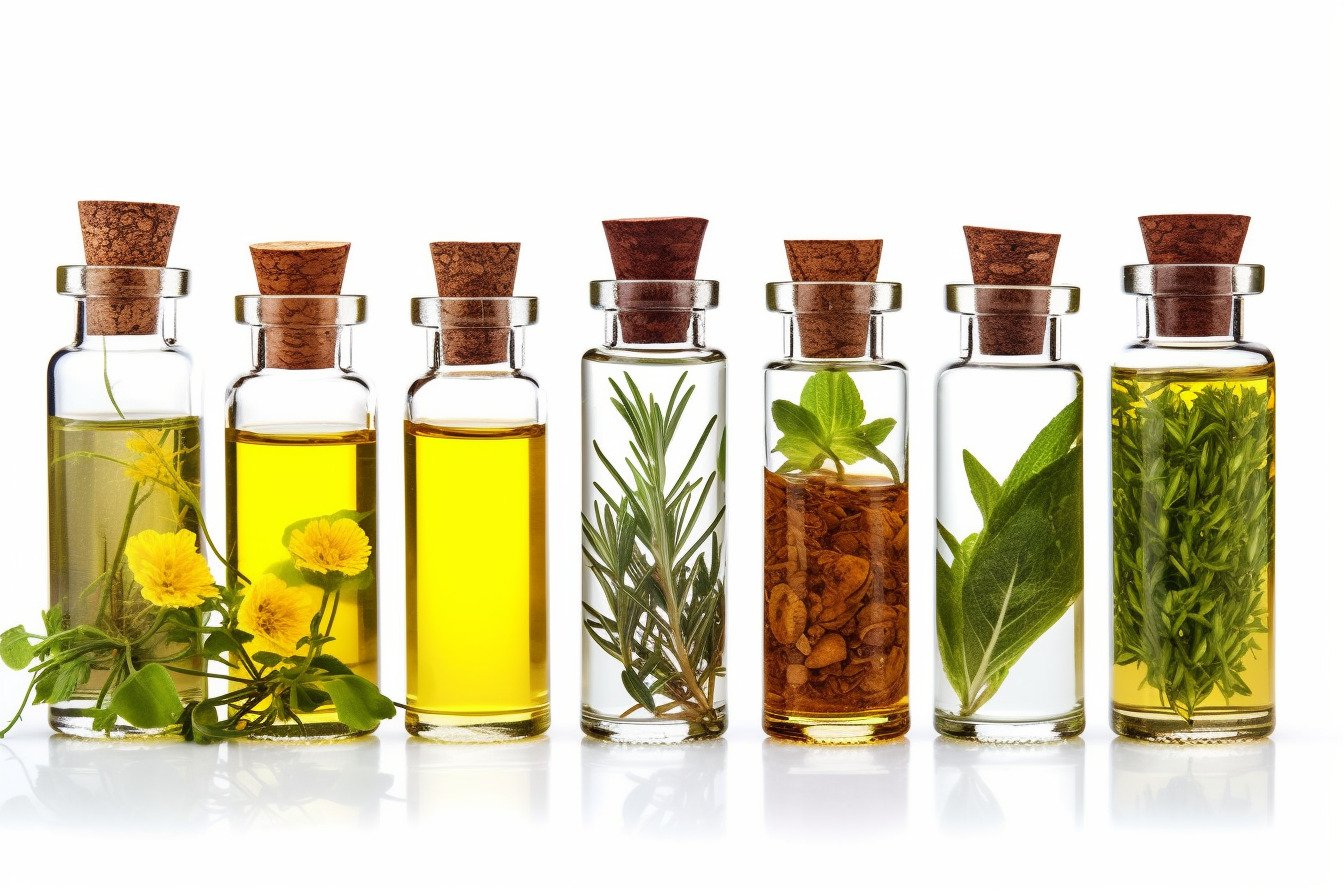
Natural Remedies for Facial Wrinkles
In addition to professional treatments, several natural remedies can complement wrinkle prevention and treatment efforts. While their effectiveness may vary from person to person, they offer a gentle and affordable alternative. Here are some natural remedies for facial wrinkles.
Hyaluronic Acid
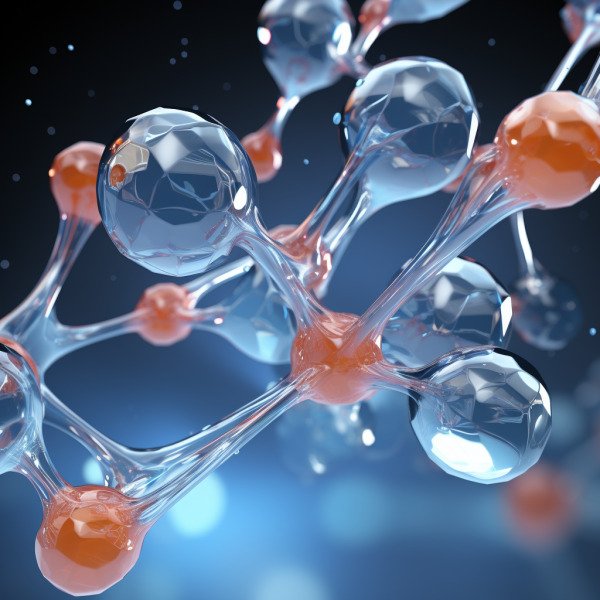 Hyaluronic acid is a naturally occurring substance in the body that helps retain moisture and promote plump, hydrated skin. Using skincare products or serums containing hyaluronic acid can help improve skin hydration and reduce the appearance of wrinkles.
Hyaluronic acid is a naturally occurring substance in the body that helps retain moisture and promote plump, hydrated skin. Using skincare products or serums containing hyaluronic acid can help improve skin hydration and reduce the appearance of wrinkles.
Rose Water
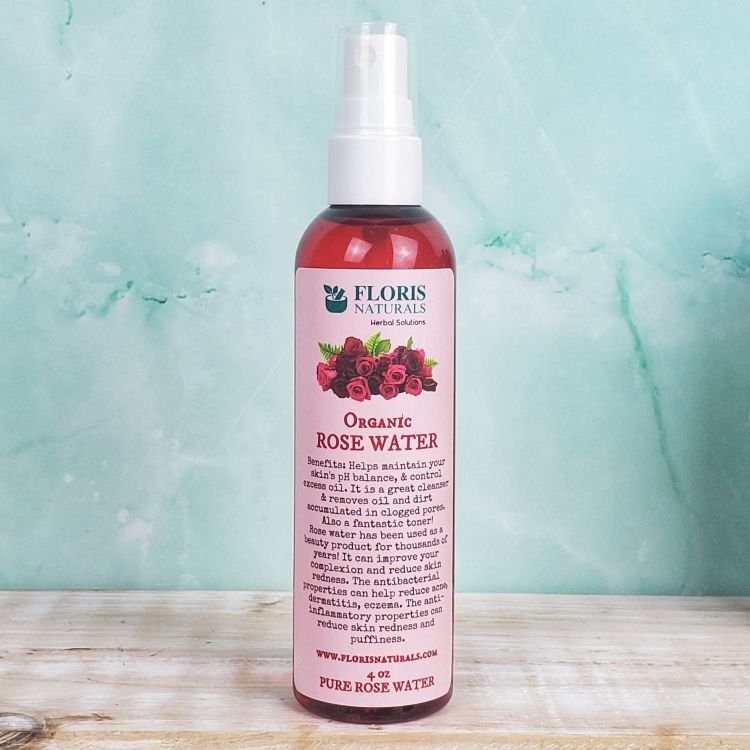 Rose water works wonders in rejuvenating the skin and reducing the appearance of fine lines and wrinkles. It helps to hydrate and moisturize the skin, improving its elasticity and suppleness. The natural astringent properties help to tone and tighten the skin, minimizing the sagging effect that often accompanies aging.
Rose water works wonders in rejuvenating the skin and reducing the appearance of fine lines and wrinkles. It helps to hydrate and moisturize the skin, improving its elasticity and suppleness. The natural astringent properties help to tone and tighten the skin, minimizing the sagging effect that often accompanies aging.
Shea Butter
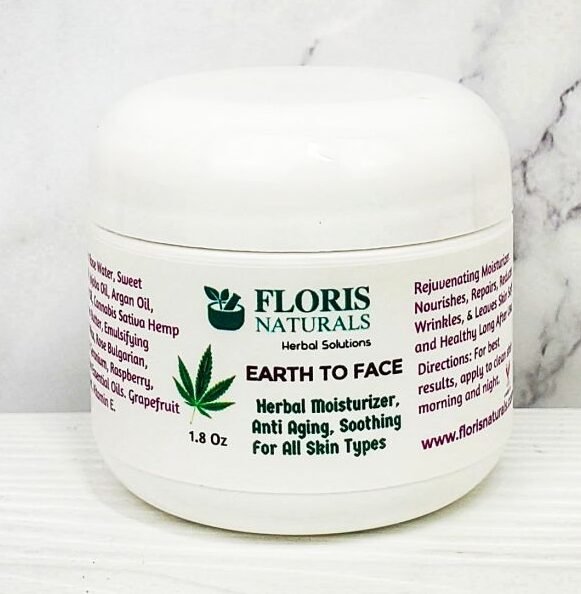 A natural ingredient that helps reduce facial wrinkles. It moisturizes the skin, preventing dryness and making wrinkles less noticeable. It contains vitamins and antioxidants that stimulate collagen production, making the skin firmer and smoother. Shea butter also protects the skin from damage caused by free radicals, which can accelerate aging.
A natural ingredient that helps reduce facial wrinkles. It moisturizes the skin, preventing dryness and making wrinkles less noticeable. It contains vitamins and antioxidants that stimulate collagen production, making the skin firmer and smoother. Shea butter also protects the skin from damage caused by free radicals, which can accelerate aging.
Geranium Essential Oil
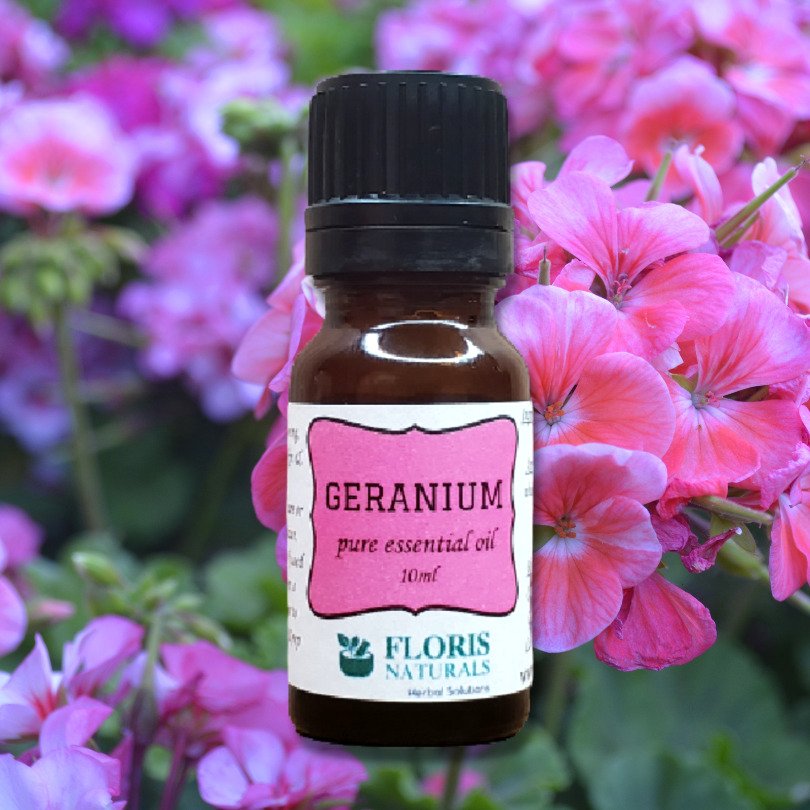 Geranium essential oil tightens and tones the skin, making wrinkles less noticeable. It promotes cell regeneration and has antioxidant properties that protect the skin from damage. Using geranium essential oil in your skincare routine can help improve the appearance of wrinkles and promote a more youthful look.
Geranium essential oil tightens and tones the skin, making wrinkles less noticeable. It promotes cell regeneration and has antioxidant properties that protect the skin from damage. Using geranium essential oil in your skincare routine can help improve the appearance of wrinkles and promote a more youthful look.
Vitamin E
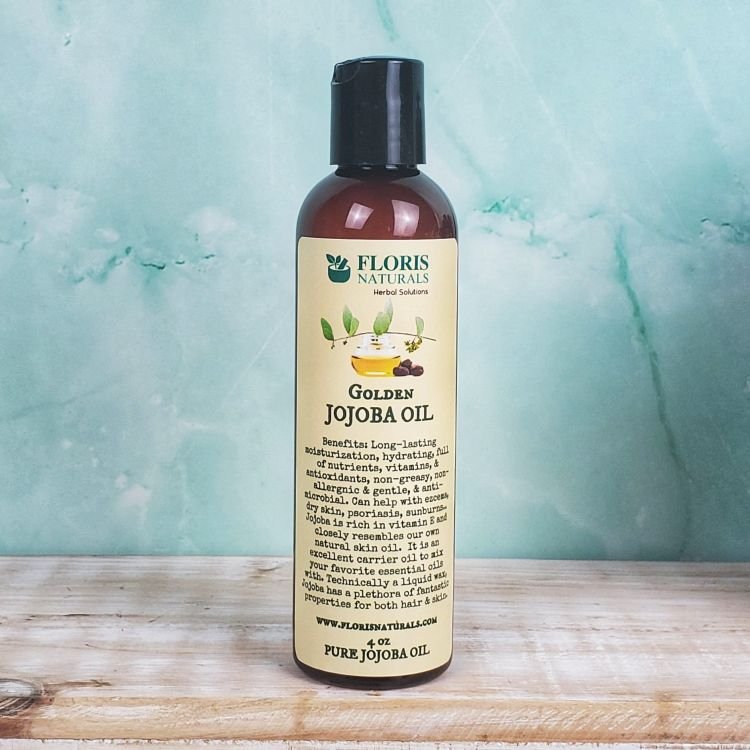 This powerful antioxidant protects the skin from damage caused by free radicals. Vitamin E also supports collagen production, which is essential for maintaining skin elasticity and reducing the appearance of fine lines and wrinkles. Additionally, it moisturizes and hydrates the skin, improving its overall texture and making wrinkles less noticeable.
This powerful antioxidant protects the skin from damage caused by free radicals. Vitamin E also supports collagen production, which is essential for maintaining skin elasticity and reducing the appearance of fine lines and wrinkles. Additionally, it moisturizes and hydrates the skin, improving its overall texture and making wrinkles less noticeable.

Lifestyle Changes to Combat Wrinkles
In addition to treatments and natural remedies, certain lifestyle changes can contribute to maintaining youthful-looking skin. Here are some lifestyle habits that can help combat wrinkles.
Balanced Diet
Eating a balanced diet rich in fruits, vegetables, lean proteins, and healthy fats provides the essential nutrients your skin needs to stay healthy and vibrant. Antioxidant-rich foods help protect against free radicals that can contribute to premature aging.
Sufficient Sleep
Adequate sleep allows the body to repair and regenerate, including the skin. Aim for 7-9 hours of quality sleep each night to support skin health and prevent the formation of wrinkles.
Stress Management
Chronic stress can accelerate the aging process and contribute to the formation of wrinkles. Engage in stress-reducing activities like meditation, yoga, or hobbies to promote overall well-being and healthy skin.
Regular Exercise
Exercise improves blood circulation, which helps deliver nutrients and oxygen to the skin. It also promotes the production of collagen, enhancing skin elasticity and reducing the appearance of wrinkles.
Hydration
Drinking enough water throughout the day is vital for maintaining skin hydration and elasticity. Aim to consume at least eight glasses of water daily to keep your skin supple and plump.

Skincare Routine for Wrinkle Prevention
Establishing a consistent skincare routine is essential for preventing and reducing the appearance of wrinkles. Here are key steps to include in your skincare routine.
Professional Consultation
If you’re concerned about wrinkles or wish to explore more advanced treatment options, it’s recommended to consult with a dermatologist or a skincare professional. They can assess your specific concerns and recommend personalized treatment plans tailored to your needs.
Conclusion
Wrinkles are a common concern for many women, but with the right knowledge and approach, it is possible to minimize their appearance and maintain youthful-looking skin. By understanding the causes of wrinkles, implementing preventative measures, and exploring suitable treatments, you can effectively address wrinkles and feel confident in your skin.
FAQs
Can facial exercises really reduce wrinkles?
Facial exercises have shown some potential in improving muscle tone and enhancing facial appearance. While the results may vary for each individual, regular facial exercises can help strengthen the facial muscles and contribute to a more toned and youthful look.
Are natural remedies as effective as professional treatments for wrinkles?
Natural remedies can provide some benefits in reducing the appearance of wrinkles, but their effectiveness may vary. Professional treatments, on the other hand, offer more targeted and immediate results. It’s best to consult with a skincare professional to determine the most suitable approach for your specific needs.
Can I prevent wrinkles by just using sunscreen?
While sunscreen is a crucial element in wrinkle prevention, it is not the only factor to consider. Incorporating a comprehensive approach that includes sun protection, a healthy lifestyle, proper skincare, and other preventative measures will yield the best results in preventing and reducing the appearance of wrinkles.
How long do the effects of treatments like Botox and dermal fillers last?
The duration of the effects of treatments like Botox and dermal fillers can vary depending on the individual and the specific treatment used. Generally, the effects of Botox injections last around three to six months, while dermal fillers can last from several months to a year or more. Regular maintenance treatments may be necessary to sustain the desired results.
Are there any side effects associated with wrinkle treatments?
While wrinkle treatments like Botox and dermal fillers are generally safe, there can be some potential side effects. These may include temporary redness, swelling, bruising, or mild discomfort at the injection site. It’s important to consult with a qualified professional and discuss any potential risks or side effects before undergoing any treatment.
Remember, taking a proactive approach to skincare, adopting healthy lifestyle habits, and seeking professional guidance when needed can help you effectively manage and prevent facial wrinkles, leading to healthier, more youthful-looking skin.



